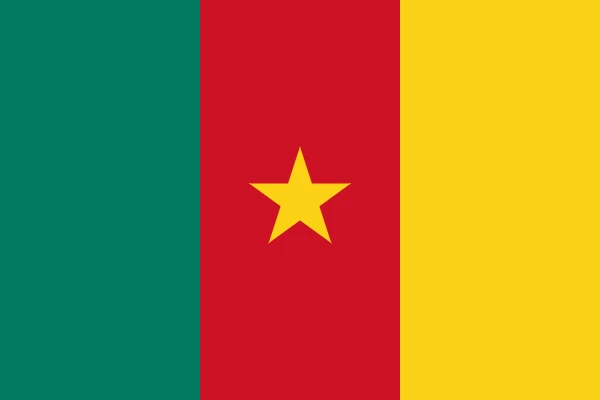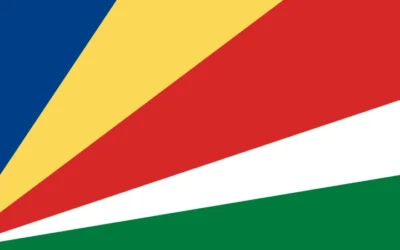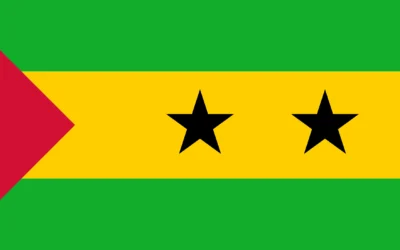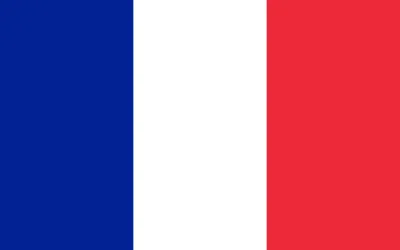Cameroon Travel Guide
Discover Why You Should Visit Cameroon
Why Visit Cameroon?
Cameroon is often referred to as ‘Africa in miniature’ due to its incredible diversity of landscapes, cultures, languages, and wildlife. From coastal beaches and rainforests to savannas and volcanic mountains, the country offers an entire continent’s worth of experiences in one destination.
With over 250 ethnic groups, rich traditions, and stunning biodiversity, Cameroon is a unique and authentic place for travelers who want to experience the soul of Africa.
Ideal for: Adventure seekers, cultural travelers, ecotourists, and nature photographers.
Must-Know Facts
Capital/Major City: Yaoundé (capital), Douala (largest city)
Language(s): French and English (official), plus many local languages
Currency: Central African CFA Franc (XAF)
Best Time to Visit: November to February (dry season)
Fun Fact: Mount Cameroon is the highest peak in West and Central Africa and an active volcano.
Top Things to Do
Climb Mount Cameroon or trek its surrounding volcanic region
Relax on the beaches of Kribi and Limbe
Go on safari in Waza National Park or visit Dja Faunal Reserve, a UNESCO World Heritage Site
Explore traditional kingdoms in the Western Highlands such as Foumban and Bafut
Discover the vibrant food and nightlife scene in Douala
Local Culture & Lifestyle
Cameroon is a melting pot of cultures, languages, and religions. Traditional music, dance, and festivals are a central part of life, especially in rural communities.
Family and community ties are strong, and many regions still follow traditional leadership structures.
Cameroonian people are known for their hospitality, pride in heritage, and vibrant cultural expressions.
Food & Drink Highlights
Street Food: Suya (grilled meat skewers), puff-puff, fried plantains, boiled corn and peanuts
Restaurants: Le Café de France (Yaoundé), Saga Africa, Bombay Masala
Drinks: Palm wine, millet beer, Castel beer, fruit juices
Desserts: Coconut cakes, banana fritters, sweet corn pudding
Main Dish & Culinary Symbols
Signature Dish: Ndolé – a stew made from bitter leaves, groundnuts, meat or shrimp
Common Ingredients: Cassava, maize, yams, fish, plantains, leafy greens
Culinary Culture: Meals are typically shared and are centered around rich stews and starches like fufu or couscous
Symbols & Icons of the Area
Natural Icons: Mount Cameroon, Sanaga River, Lake Nyos, Korup Forest
Cultural Icons: Grassfields art and architecture, royal palaces, carved masks, traditional fabrics
Hidden Gems & Off-the-Beaten-Path
Bimbia slave trade site on the coast near Limbe
Rhumsiki village in the Far North, surrounded by dramatic rock formations
Ekom-Nkam waterfalls, featured in Tarzan movies, located in the Littoral Region
Shopping & Souvenirs
What to Buy: Carved wooden masks, traditional pottery, woven baskets, beaded jewelry, colorful fabrics
Where to Shop: Douala and Yaoundé craft markets, Foumban artisan cooperatives, roadside stands in tourist towns
Getting Around
Public Transport: Shared taxis and buses are widely used, though schedules can be unpredictable
Car Rentals: Useful for travel between cities or to remote destinations
Tip: Hiring a local driver is helpful for navigating rural or less developed roads
Walkability: Moderate in cities and high in towns with historic districts
Travel Tips
Vaccinations are required for yellow fever and recommended for other diseases like typhoid and hepatitis
French is more widely spoken than English in most regions
Cash is preferred outside of major cities; carry local currency
Respect traditional customs and ask permission before taking photographs, especially in rural or sacred areas
Where to Stay
Budget: Auberge de la Vallée (Yaoundé), Sea Breeze Hotel (Limbe)
Mid-range: Hôtel La Falaise, Akwa Palace Hotel
Luxury: Pullman Douala Rabingha, Seme Beach Hotel
Unique: Mountain lodges near Buea, eco-lodges in forest reserves, traditional homestays in Bamenda
Sample 4-Day Itinerary
Day 1: Arrive in Douala, explore Bonanjo district and visit the Maritime Museum
Day 2: Travel to Limbe for botanical gardens, wildlife center, and black sand beaches
Day 3: Head inland to Buea and hike on the lower slopes of Mount Cameroon
Day 4: Return to Douala or extend trip to Foumban for cultural heritage and craft shopping






0 Comments